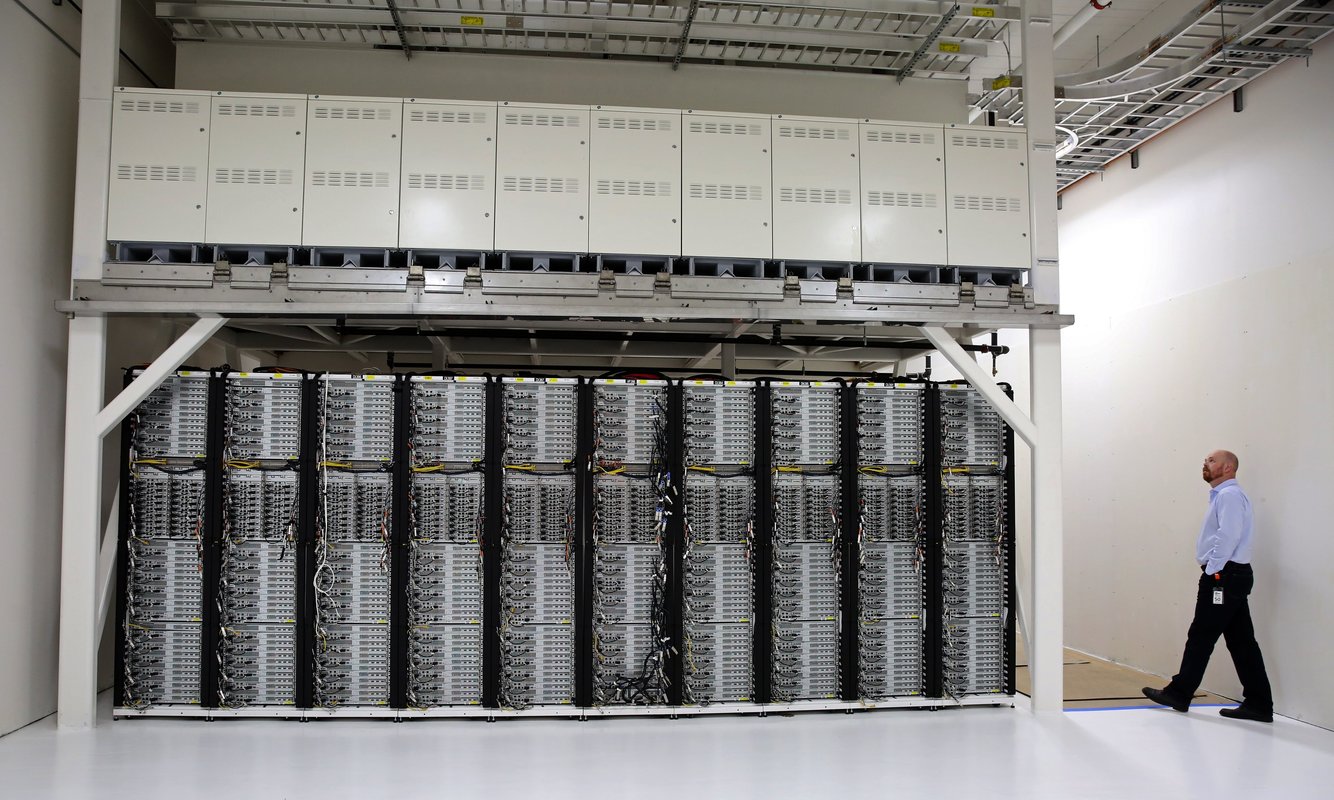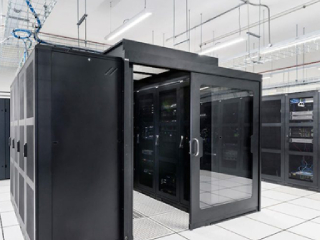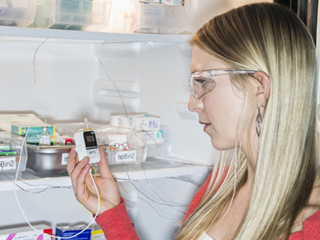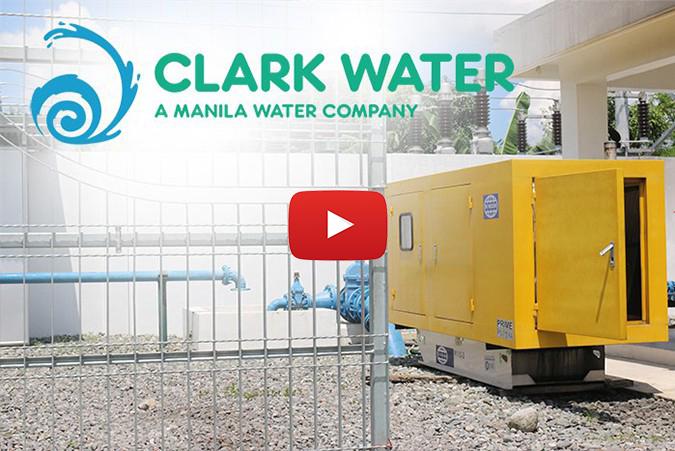Data centers are becoming a vital component of today’s digital technology-driven world. From cloud computing to communications to finance, many industries depend on data centers. They centralize services for the storage, management, and transmission of data. Offering these services 24/7, 365 days a year requires a lot of energy. According to Data Center Knowledge, 2% of our nation’s total energy consumption goes to these data centers when each minute a data center goes down can cost thousands of dollars. To remain online data centers rely on primary and backup power sources.
Demand for telecommunications and computing power has given an opportunity for fuel cells. Fuel cells, alone or in combination with other technologies, can give exceptional reliability. Once installed, fuel cells produce electricity at a lower cost than grid power.
Clean, reliable, and scalable, fuel cells are an attractive option for data centers to meet energy demand and sustainability goals. Fuel cells are consistent with the push to reduce the environmental impacts of data centers. They have low-to-zero emissions depending on the fuel source.
Data centers need continuous and reliable power. A comprehensive backup power plan that includes fuel cells and other power sources is capable of providing the 99.9999% availability needed by the data centers. To meet 99.9999% uptime means no more than 31.5 seconds of downtime per year. This has encouraged companies to consider fuel cells at data centers.
The price of fuel cells is becoming more affordable. This gives a competitive edge over the electrical grid or the backup power generators. Rather than sitting idle most of the time, as diesel generators do, there is a real potential for hydrogen-powered infrastructure beyond providing back-up power.
An example is when eBay opened its Salt Lake City data center in Utah in 2013, they opted to use 6 megawatts of Bloom Energy fuel cells as the facilities’ primary power source, with the electric grid only used as a back-up. In 2015, eBay added an additional 3.75MW of Bloom fuel cells for a total of 9.75 MW. Through fuel cell systems eBay eliminated the need for large backup generators.
Fueling the future
When scouting for a location for a data center it is a must that the site has a steady connection to the electric grid. With fuel cells, there is a possibility they deliver an insufficient amount of voltage or power. This results in server damage or shut down, which leads to data center downtime. There are two approaches to counter such shortfalls. One is power capping, which limits server performance, causing the data center to underperform. The other approach is using energy storage devices (ESDs) like batteries and supercapacitors to fill in the shortfall during load surges.
Data centers are responsible for roughly 10 percent of worldwide CO2 emissions. That’s more than the aviation industry emits. This increase in global emissions will only get worse, as more data is stored and processed. The increase in demand for processing power will result in higher energy consumption by data centers, even though they get more efficient.
Traditional data center power systems are expensive to build, operate, and maintain. The electrical grid provides 99.9% of electricity. Backup power sources, like batteries, uninterruptible power supplies (UPS), and diesel generators ensure service availability. Due to shortfalls in electrical systems, 20% of the fuel energy input at a power plant makes it to power a server. Energy is lost as it travels down the wire. In a data center, these losses are found in the power plant, transmission, substation, transformation, and AC to DC conversion at the server. A data center that utilizes distributed generation, as opposed to the traditional architecture which relies on the electrical grid, has the potential to lower overall electrical costs. With fuel cells located at server racks, a method known as a Distributed Fuel Cell (DFC), the losses are limited to the power conversion in the cell itself.
Dawn of the hydrogen era

Data Center Hydrogen Tanks
Car manufacturers are working on hydrogen fuel cell cars to remove fossil fuel burning technology. Manufacturers have invested in the technology, thus bringing the price of fuel cells down. The economic sense is not the only basis for data center companies to invest in hydrogen fuel cells. There are also significant emission reductions. The results for these reductions will depend on how the hydrogen is extracted.
The extraction of hydrogen always requires more energy than extracted from the gas. The process also uses fossil fuels – some 95% of all hydrogen fuel is created using natural gas. To be green, the hydrogen is produced with electrolysis. Electricity is run through water to separate the hydrogen and oxygen atoms.
Unwanted guests: heat and gas
One problem with Solid Oxide Fuel Cells (SOFC) is the process produces heat. Heat is something data centers want as little as possible. A solution is placing the SOFC on top of the rack it is powering. The heat is removed relatively easily as the fuel cells are already placed higher up. It also immediately solves the space problem when the SOFC device is approximately the same size as a full-size rack.
Works on gas or hydrogen
SOFCs use different gases to generate electricity. Some use natural gas, methane, and others hydrogen. Natural gas produces CO2 but is filtered. The most important thing about how the gas is used is that it is not burned.
Hydrogen is the best fuel for SOFCs so far because it produces zero CO2 emissions. But hydrogen does not naturally occur on earth. It must first be derived from water (H2O) which requires energy. If the energy isn’t from clean sources, it is pointless to produce hydrogen.
In reality, natural gas is currently the most obvious fuel for SOFCs. This can already lead to a significant reduction in CO2 emissions. Up to 40 percent is possible, it should be noted that this may vary from country to country/area to area.
Every rack a SOFC companion?

Microsoft Data Center with Fuel Cells for each rack
Whatever the eventual reduction in CO2, SOFC-based devices must also be practical. In the case of data centers, there are still some challenges. The first and most obvious one is the need for one SOFC per full rack. It will also be more compact than it is now, about the same size as a standard rack in a datacenter. Meaning every rack needs an extra rack-sized SOFC to keep it working.
The concept behind linking the individual SOFC-based units is it makes it possible to do things such as load balancing and fail-over. Not every rack will be full and/or have the same energy requirements, so one SOFC will have a surplus, while the other will be on the limit. To avoid having to add new SOFCs, they can balance their loads amongst each other without human intervention. Also, if one fails, others can step in and make sure energy requirements are met.




